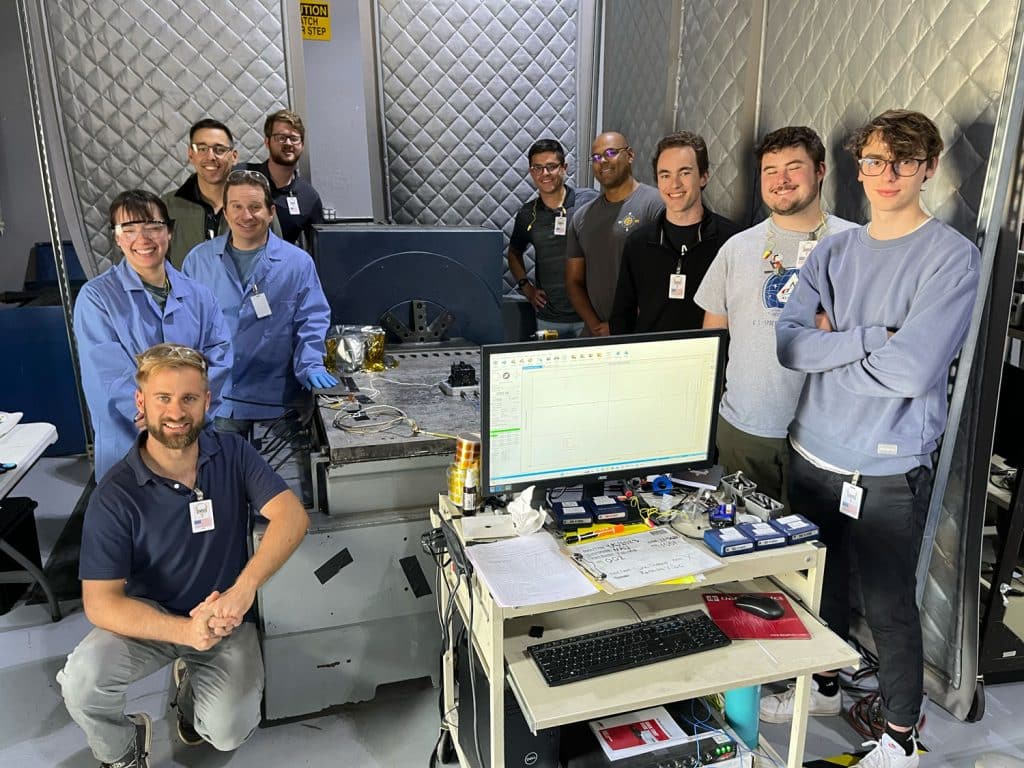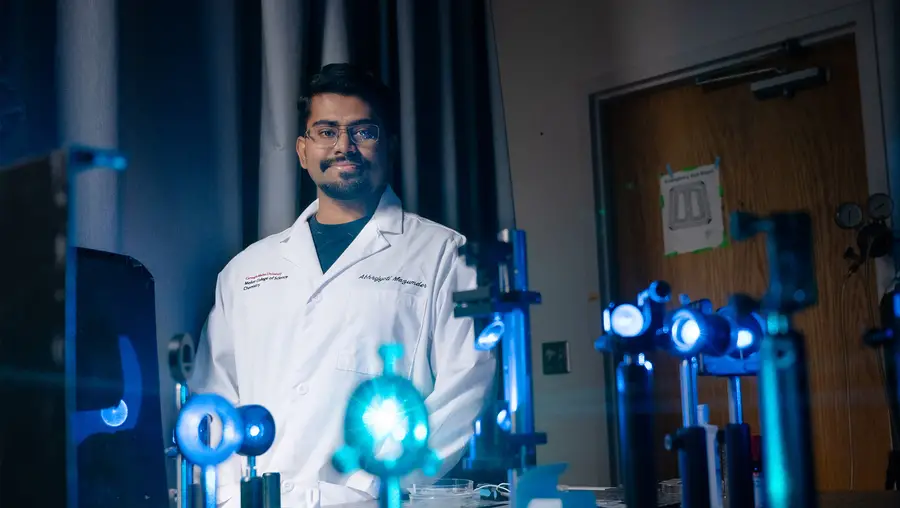Northern Arizona University (NAU) is set to make a significant contribution to space exploration with the upcoming launch of four cameras designed by students and faculty. These cameras will be part of NASA’s ESCAPADE mission, which aims to study Mars. The launch is planned aboard a Blue Origin New Glenn rocket from Cape Canaveral Space Force Station in Florida.
The project involved the collaborative efforts of 35 NAU students who spent three semesters developing two traditional cameras and two infrared cameras. The mission was conceived by physicist Rob Lillis from the University of California, Berkeley, in partnership with NASA and the space technology firm Rocket Lab. The ESCAPADE mission is expected to launch in the near future, with details about the date and livestream to be announced via Blue Origin’s platform.
Hands-On Experience in Space Science
Christopher Edwards, a professor of planetary science and director of NAU’s Radiant Center for Remote Sensing, emphasized the importance of student involvement in such projects. He noted that working alongside NASA provides invaluable experience for aspiring planetary scientists and engineers.
“The students engaged with NASA throughout the project—from conception to design, testing, and launch,” Edwards stated. “They faced challenges such as securing tiny electronics, managing heat transfer in a vacuum, and mounting optics that could endure the launch process.”
The initiative received funding from the Arizona Board of Regents’ Technology Research Initiative Fund, enabling Edwards to create courses that guided students through the complex development process. He collaborated with fellow professors David Trilling, Chris Haberle, and Michael Shafer from the Department of Astronomy and Planetary Science and the Department of Mechanical Engineering.
Future Discoveries Await
Once the spacecraft reaches its operational phase, expected to be within 2 million miles from Earth for several months, it will conduct preliminary camera tests before proceeding to Mars, where it is scheduled to arrive in September 2027. According to Edwards, it may take up to a year after that before the cameras begin capturing images of the Martian surface.
The potential outcomes of this mission could be groundbreaking. Edwards expressed optimism about the cameras capturing Martian auroras, akin to the northern lights seen on Earth. “We think we can capture the aurora with our cameras,” he said.
In addition to capturing breathtaking views of Mars from previously unseen angles, the infrared cameras may also provide critical data regarding the evolution of the Martian polar caps. If successful, the team plans to involve students in analyzing the data and integrating it into an online database.
“For the operations and analysis phase of the project, we plan to recruit students with strong backgrounds in computing, data analysis, and science,” noted Chris Haberle. He emphasized the excitement surrounding the data analysis and the unique opportunity it presents for students to work on an instrument operating around another planet.
As the ESCAPADE mission prepares for launch, the collaboration between NAU students and faculty, combined with support from established institutions, demonstrates the importance of hands-on experience in the advancement of space science. The innovative work being done at NAU not only contributes to our understanding of Mars but also prepares the next generation of scientists for future challenges in planetary exploration.







